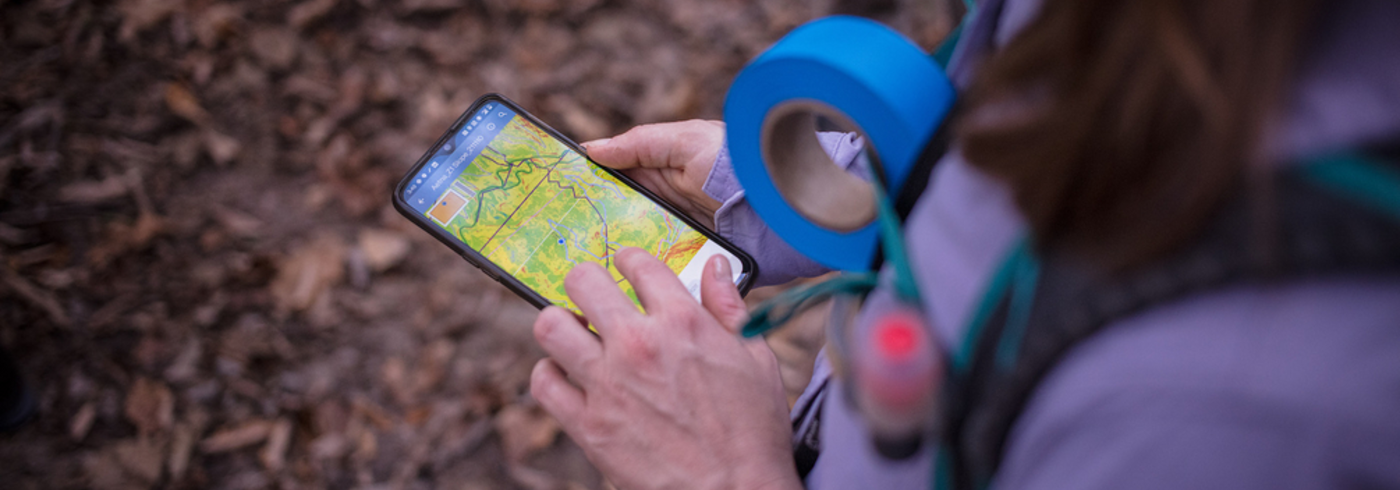Planning and Design

What is planning and design?
Trail planning builds upon your vision by showcasing a high-level view of many possibilities within a landscape. Plans become a guide and reference tool for the community by incorporating assessment information, findings from site visits and field work, and stakeholder and community input. Plans also summarize an ideal scenario for delivering the desired outcomes of the project. A strong trail plan will generate excitement, build support, guide approvals, and inform funding sources.
The design process then adds in the details that become the on-trail experience. This is the stage where trail alignments are identified; features like drops, rocks, and berms are imagined; and many more riding details are sculpted. Design work is site-specific, looking at every aspect of a landscape through a critical and creative lens. These design details are used in construction documents to set the stage for trail creation.

Shaping Standing Boy
The Standing Boy trail system in Columbus, Georgia, began with five beginner trails in 2019. In 2020, riders were treated to an intermediate loop with nine miles of challenging rock lines, lakeside views, and remote riding made more so by clockwise/counterclockwise directional days. In 2022, the region’s first intermediate jump line was added. This phased construction follows skill progression in mountain biking, and is based on an IMBA trail plan for 25 miles of low-impact recreation. The trail plan incorporates the area’s unique, rocky features through both shared-use and bike-only trails, while preserving habitat for white-tailed deer, turkey, and waterfowl.
A community roadmap
A solid trail plan is immensely valuable. It will help you bring your vision to life, leverage funding for future phases, and avoid expensive mistakes.
Planning & Design Resources
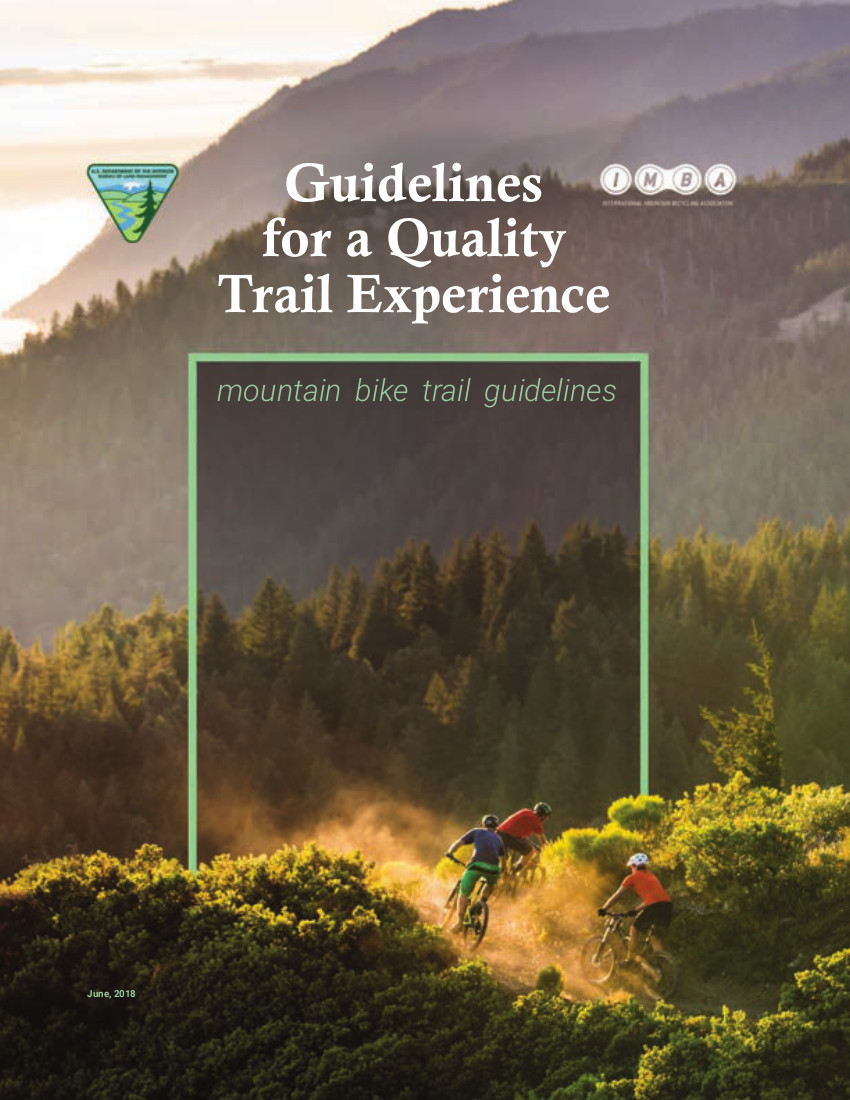
Guidelines for a Quality Trail Experience
Guideline to improve design, construction, and management of trails.
Learn More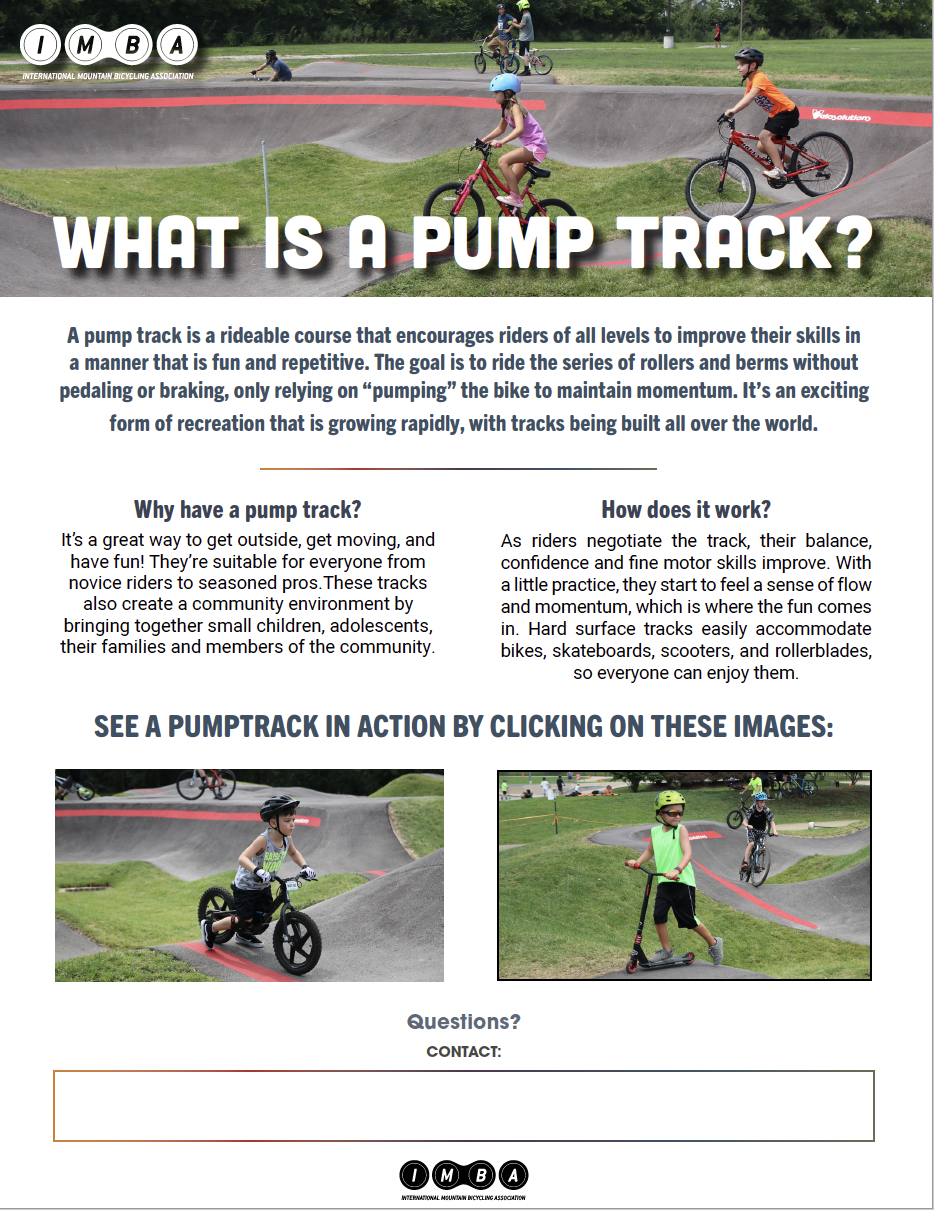
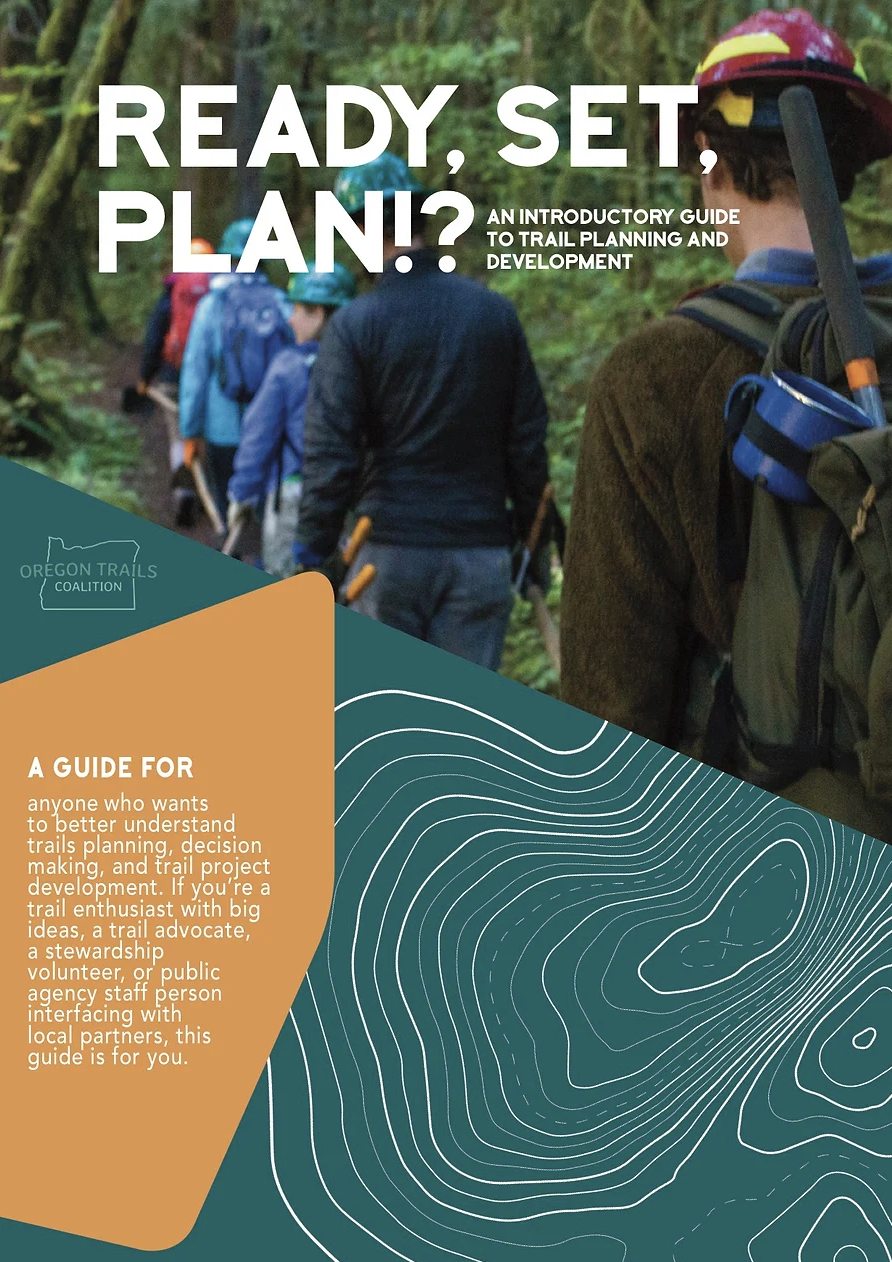
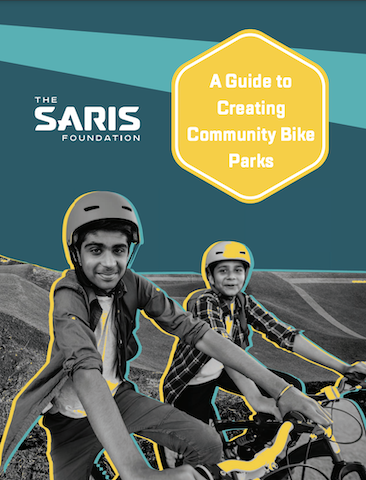
Saris Guide to Creating Community Bike Parks
A process guide for planning and building bike parks.
Learn More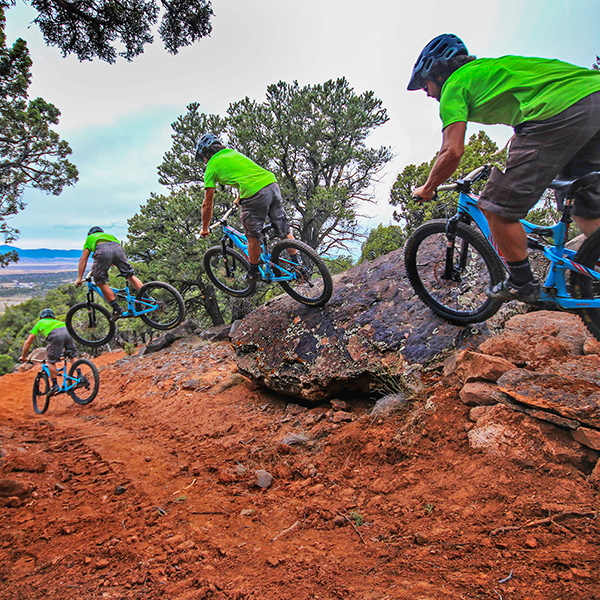
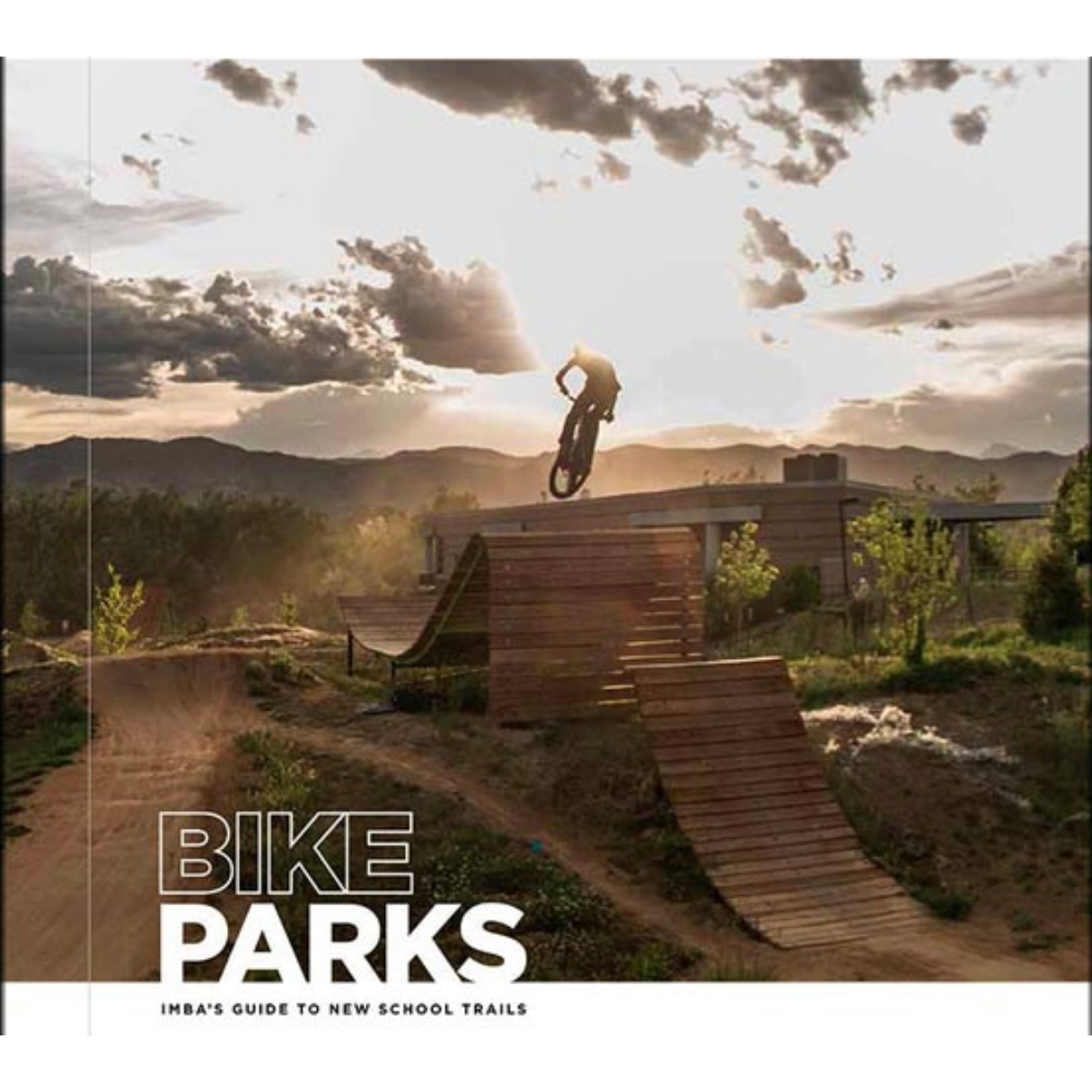
Bike Parks - IMBA's Guide to New School Trails
How to plan, build and maintain successful bike parks.
Learn MorePlanning / Design Programs
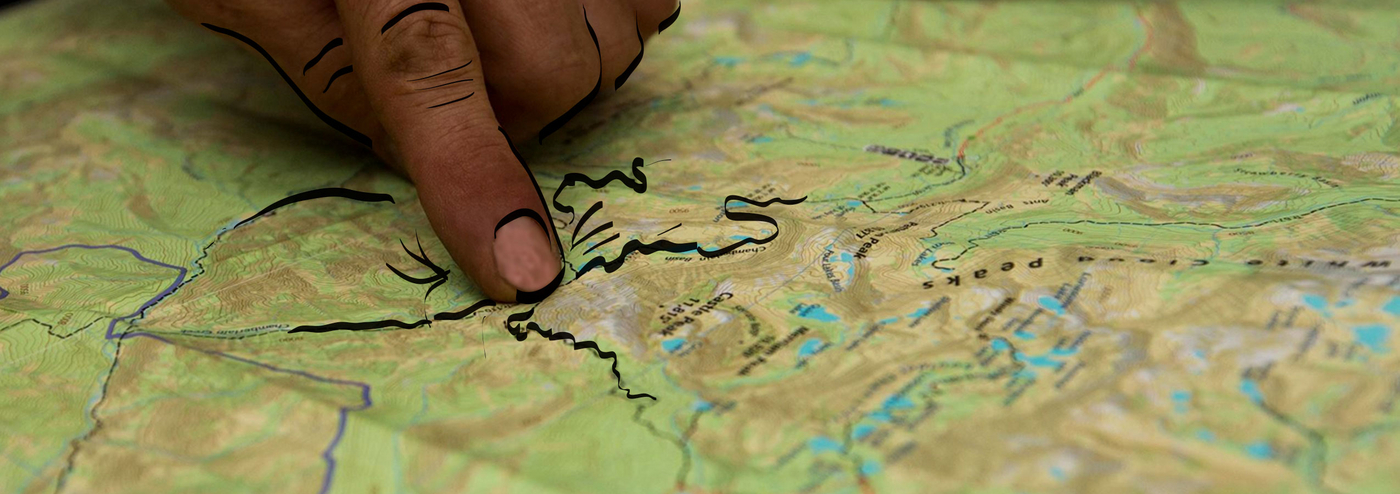
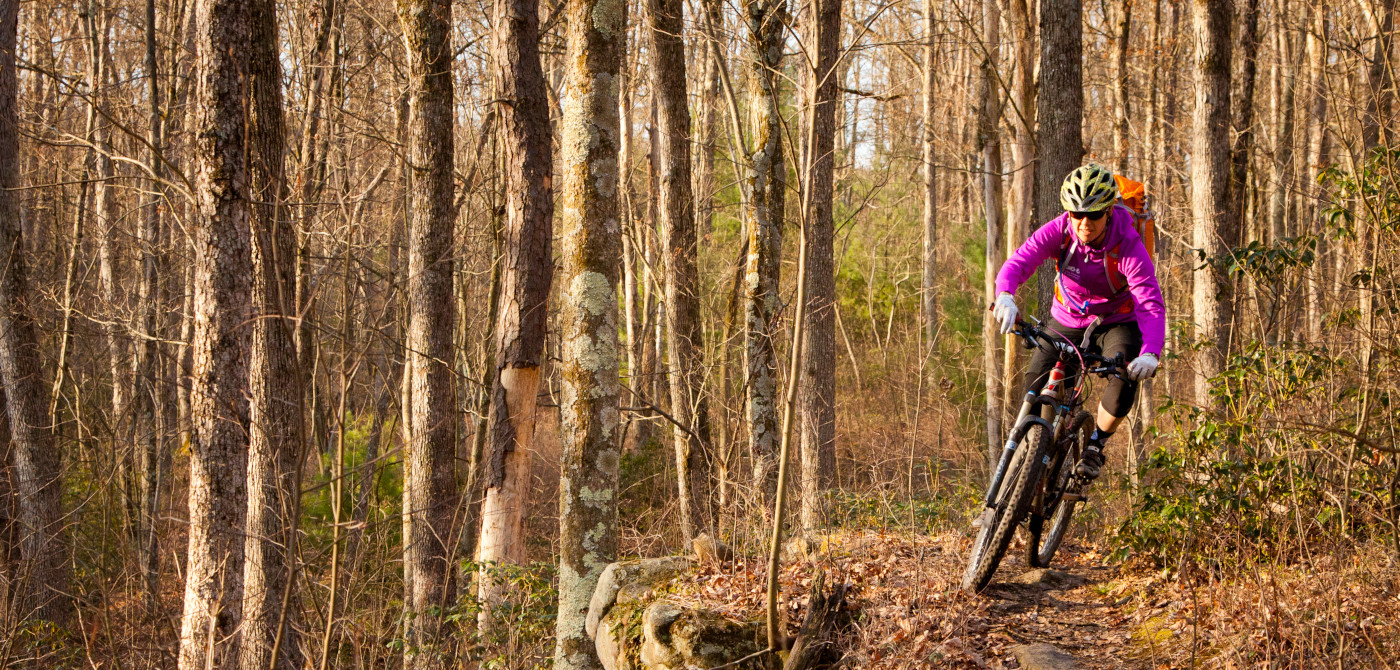
Trail Development Self Assessment
Craving trails? Let IMBA know what your community has, and how we can help.
Learn More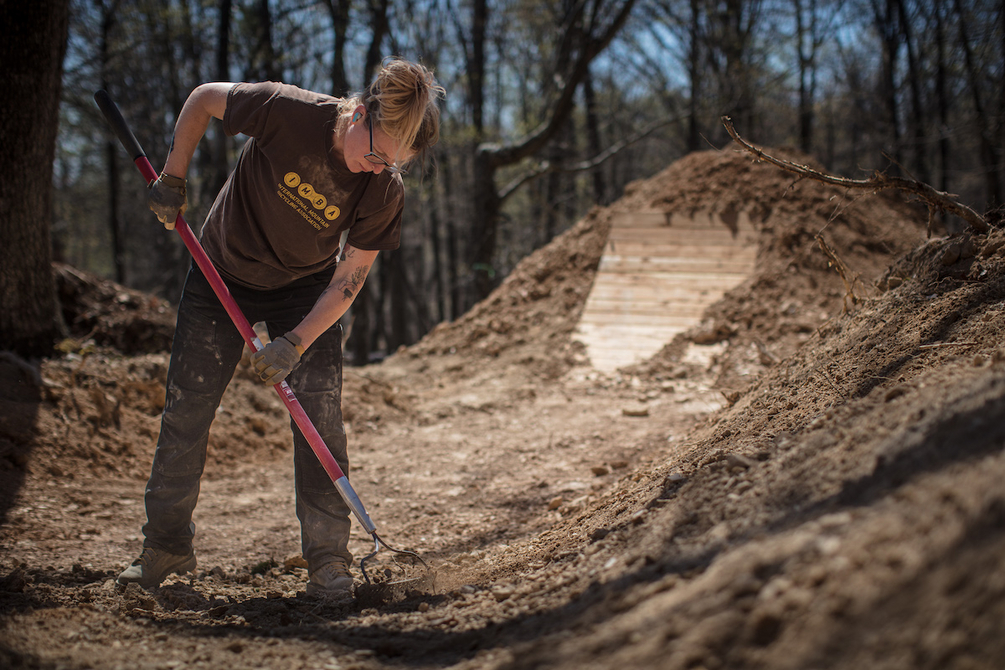
IMBA Trail Solutions
Partner with IMBA professionals to assess, plan, design, and build your trail vision.
Learn More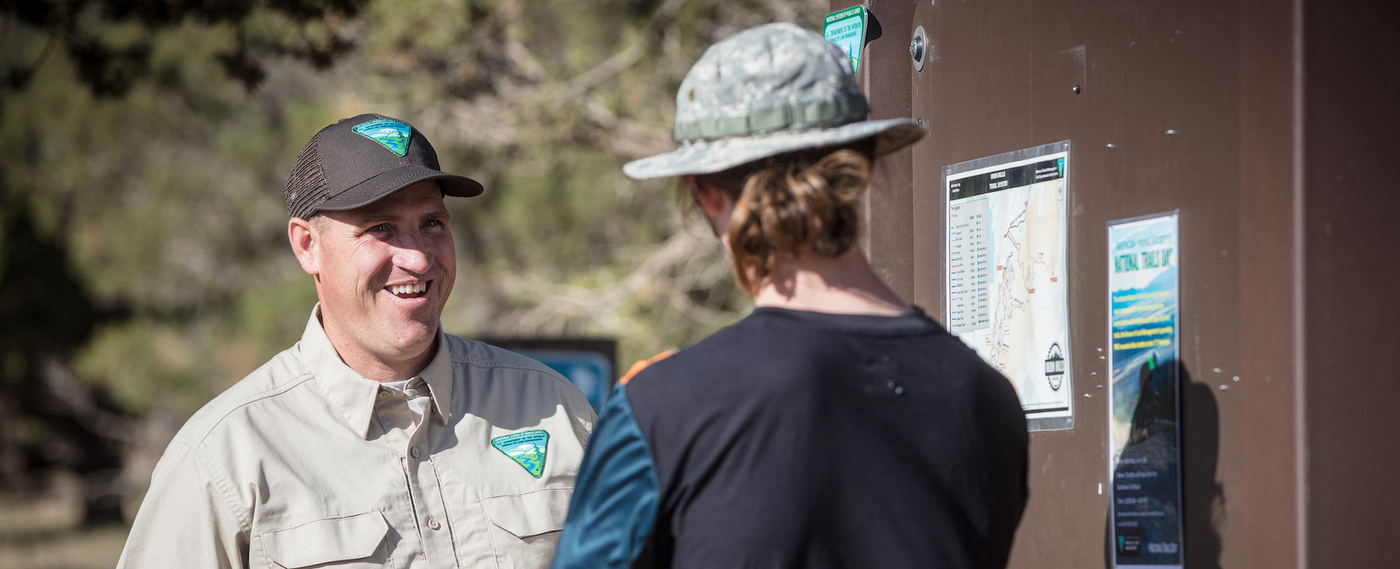
Trail Management Schools
Coaching for land management professionals on advanced trail management and maintenance.
Learn More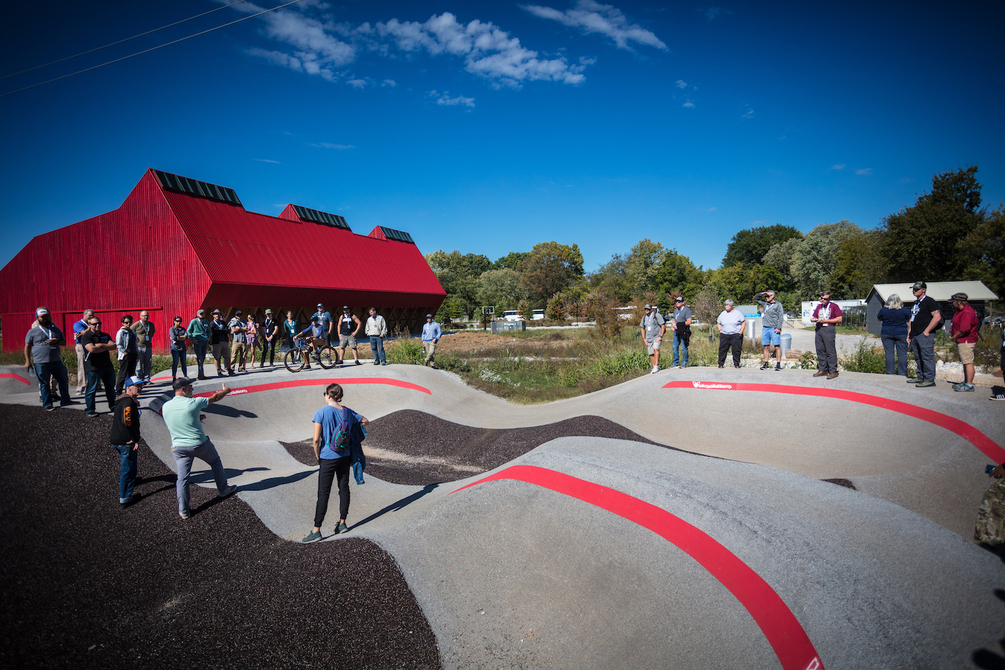
Trail Labs: Foundations
Join IMBA’s experts to learn the recipe for creating a model trail community.
Learn More